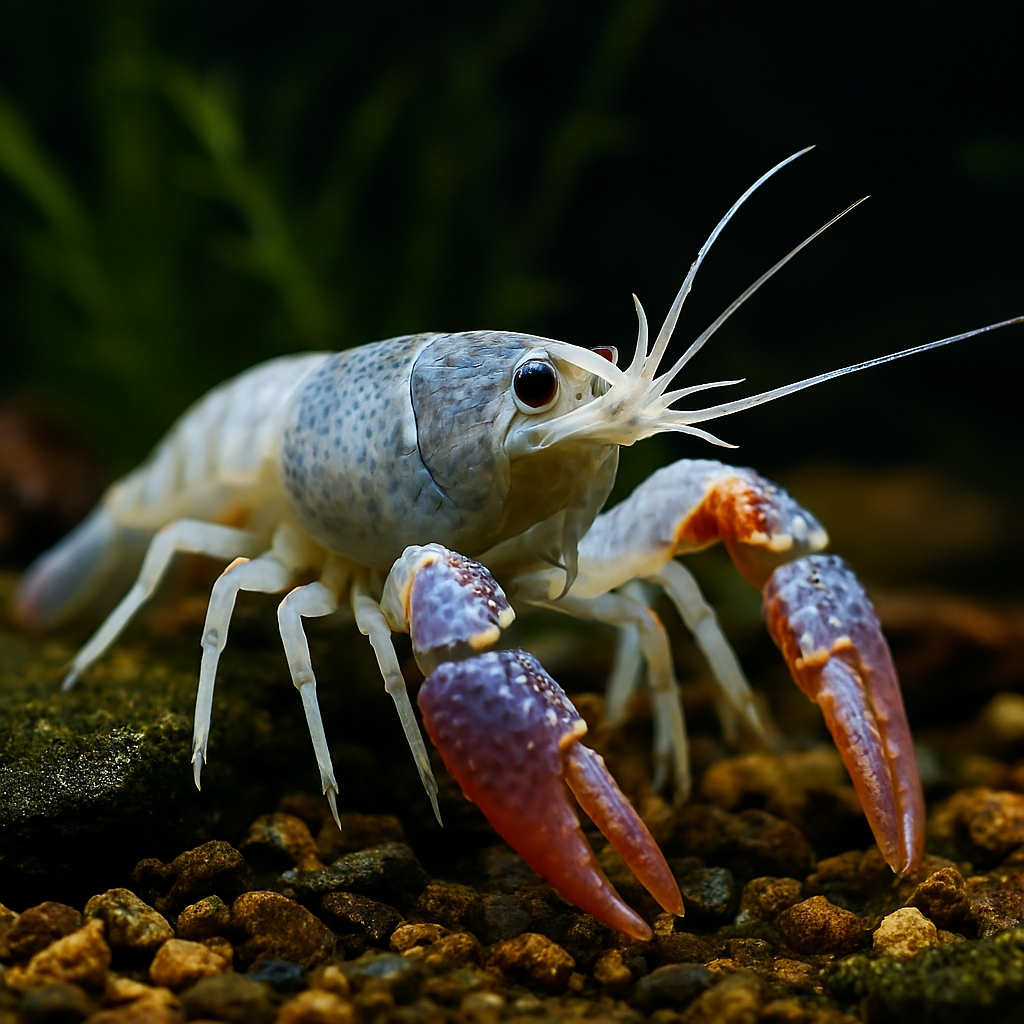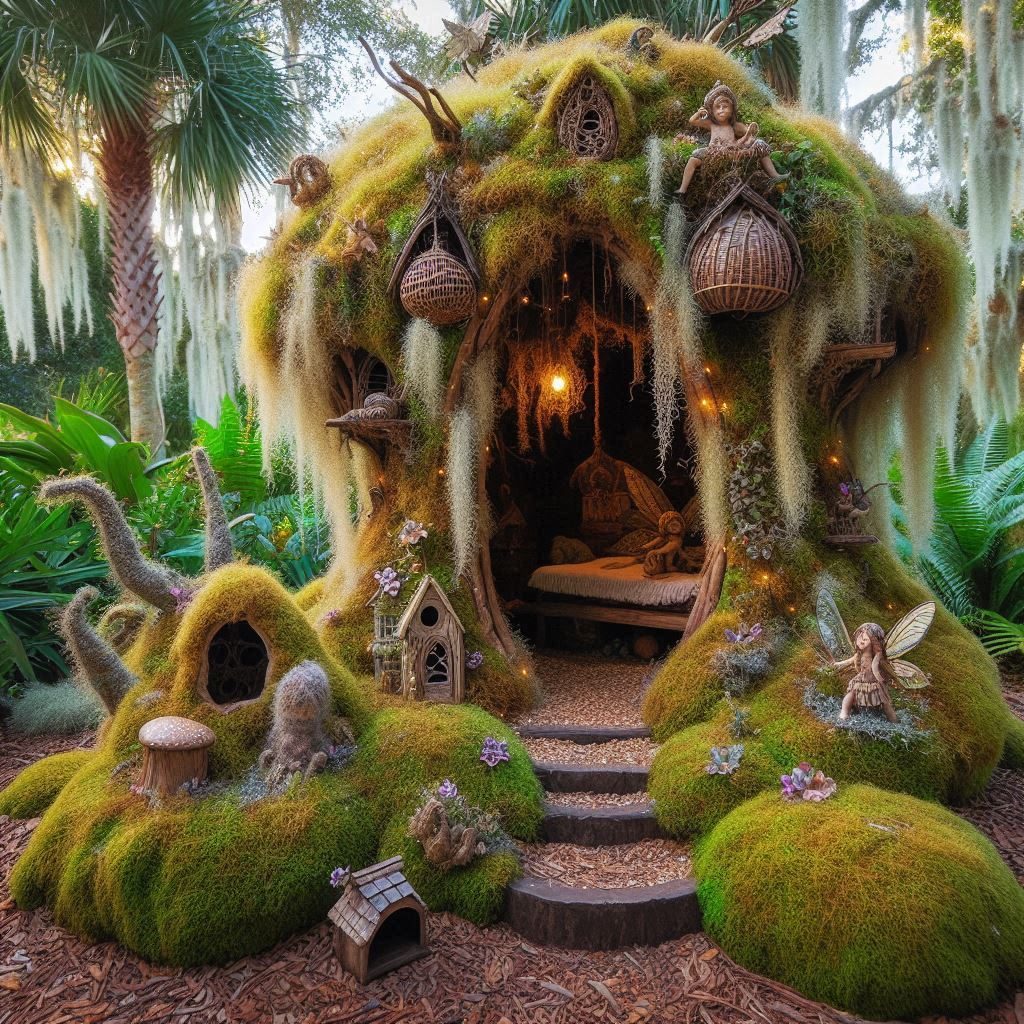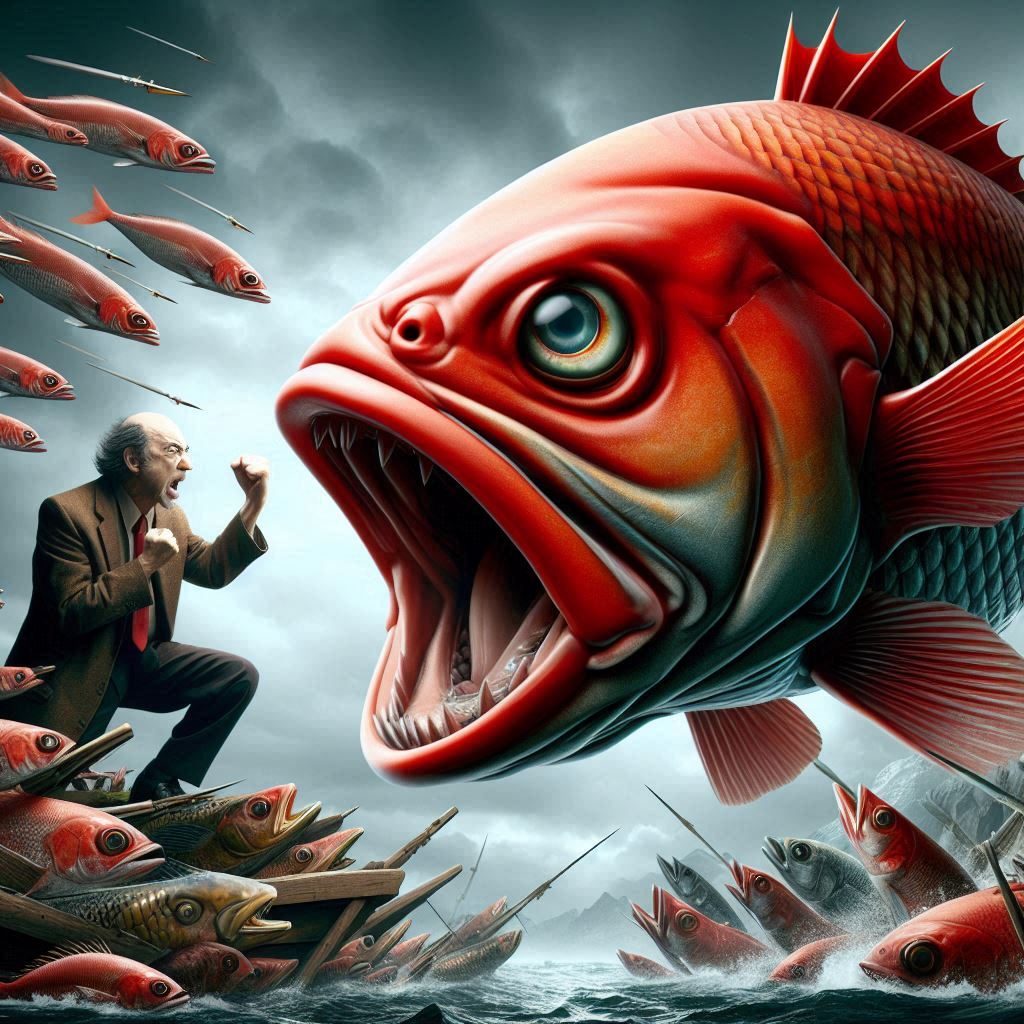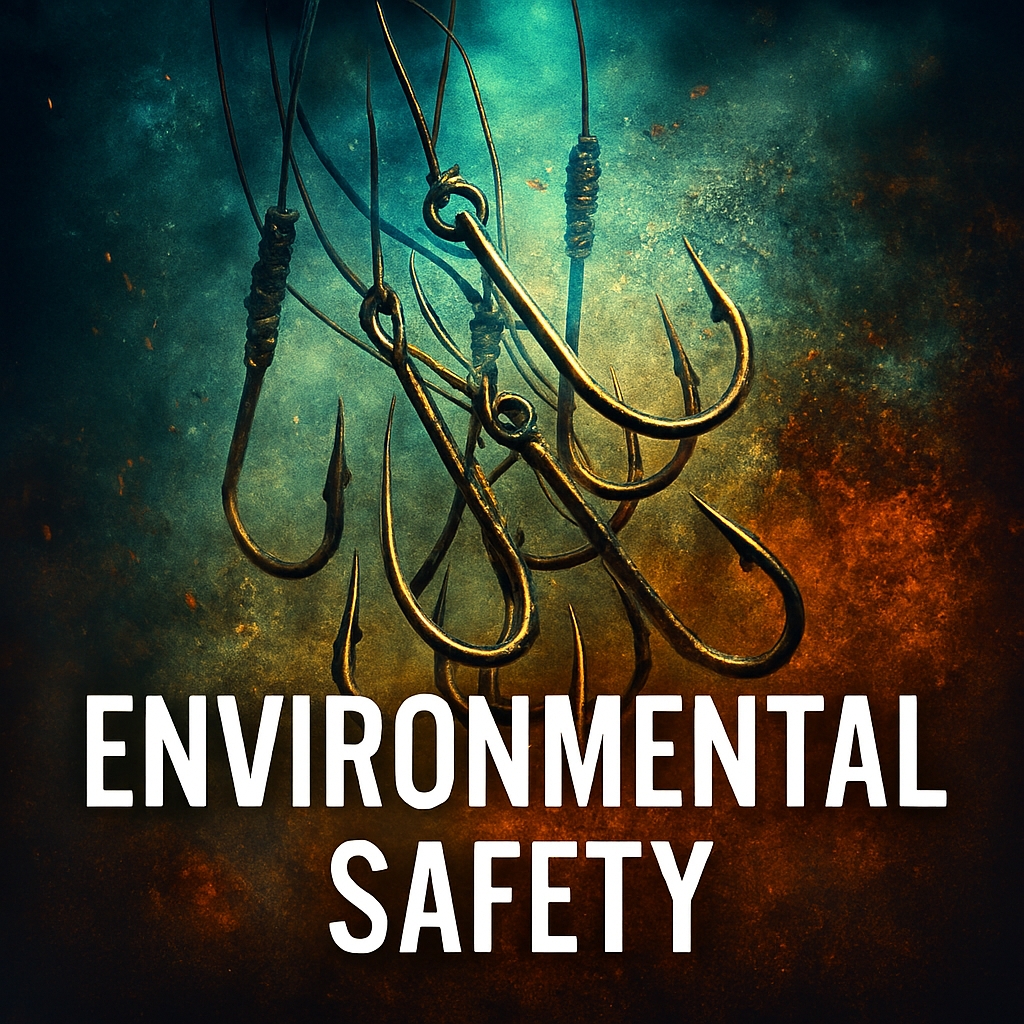Creating Sustainable Diving Areas: The Potential of Man-Made Ecoreefs and Ecodams
Introduction
The beauty of the underwater world has always fascinated divers. However, with the increasing threats to natural reefs and dams, there is a growing need for sustainable alternatives. One such solution is the creation of man-made ecoreefs and ecodams. These structures not only provide excellent diving spots but also serve as habitats for various marine and terrestrial species.
Man-Made Ecoreefs
Ecoreefs are artificial reef structures designed to mimic the function of natural coral reefs. They are typically made from environmentally friendly materials and are carefully placed in areas where they can promote coral growth. Over time, these structures become home to a diverse range of marine life, creating a vibrant underwater ecosystem that divers can explore.
Man-Made Ecodams
Similar to ecoreefs, ecodams are man-made structures designed to replicate the function of natural dams. They are often constructed in inland water bodies to create new diving areas. Ecodams also play a crucial role in water management and flood control, making them an environmentally friendly solution for both humans and wildlife.
Full Water Structures Attached to Waterways
In addition to ecoreefs and ecodams, full water structures attached to waterways can also provide excellent diving spots. These structures can be designed to integrate seamlessly with the surrounding environment, providing habitats for various species while also offering unique diving experiences.
Environmental Benefits: Natural Filtration Systems
One of the most significant environmental benefits of man-made ecoreefs, ecodams, and full water structures is their ability to act as natural filtration systems. These structures can help improve the quality of the surrounding waters in several ways.
Biofiltration
The surfaces of these structures can be colonized by various microorganisms, including bacteria and algae. These microorganisms can break down harmful substances in the water, such as pollutants and excess nutrients, through a process known as biofiltration. This not only helps to clean the water but also prevents the overgrowth of harmful algal blooms that can disrupt the balance of the ecosystem.
Sediment Trapping
Ecoreefs and ecodams can also help to trap sediments, preventing them from spreading throughout the water body. This can reduce turbidity, improve water clarity, and enhance the overall health of the aquatic ecosystem.
Nutrient Cycling
These structures can also contribute to nutrient cycling. The organisms that inhabit these structures can take up nutrients from the water for their growth and reproduction. When these organisms die, the nutrients are returned to the ecosystem, supporting the growth of other organisms.
In conclusion, man-made ecoreefs, ecodams, and full water structures can serve as effective natural filtration systems, improving the quality of the surrounding waters and contributing to the health and sustainability of aquatic ecosystems.
Upcycling: A Sustainable Approach to Building Ecoreefs and Ecodams
Upcycling, the process of transforming waste materials into new products of higher quality or environmental value, can play a pivotal role in the construction of ecoreefs, ecodams, and full water structures.
Material Sourcing
One of the primary ways upcycling contributes to these projects is through material sourcing. Discarded materials like glass, concrete, and certain types of plastic can be repurposed to construct these structures. This not only reduces the demand for new materials, thereby conserving resources, but also helps manage waste more effectively.
Energy Efficiency
Upcycling is often more energy-efficient than producing new materials. By utilizing existing materials, we can save the energy that would otherwise be used in extraction, transportation, and processing of new resources. This makes the construction of ecoreefs and ecodams more sustainable.
Creating Unique Habitats
Upcycled materials can also contribute to the biodiversity of these structures. Different materials can create unique microhabitats, attracting a diverse range of species. This can enhance the ecological value of the structures and provide divers with a rich and varied experience.
In conclusion, upcycling can significantly enhance the sustainability and ecological value of man-made diving areas. By integrating upcycling into the design and construction process, we can create structures that are not only great for diving, but also beneficial for the environment and wildlife.
Conclusion
Man-made ecoreefs, ecodams, and full water structures attached to waterways present a promising solution to the dual challenge of preserving biodiversity and promoting recreational activities like diving. By investing in these structures, we can create sustainable diving areas that benefit both people and wildlife.
Join the Discussion: We invite you to share your thoughts on the potential of man-made ecoreefs, ecodams, and full water structures as sustainable diving areas. How do you see upcycling contributing to this initiative? What other innovative solutions can we explore to enhance biodiversity and promote eco-tourism? Your insights can help shape the future of sustainable diving. Join the conversation below!
#SustainableDiving #Ecoreefs #Ecodams #Upcycling #Biodiversity #NaturalFiltration #EcoTourism #ManMadeReefs #DivingDestinations #EcoFriendlyTravel

















Leave a Reply